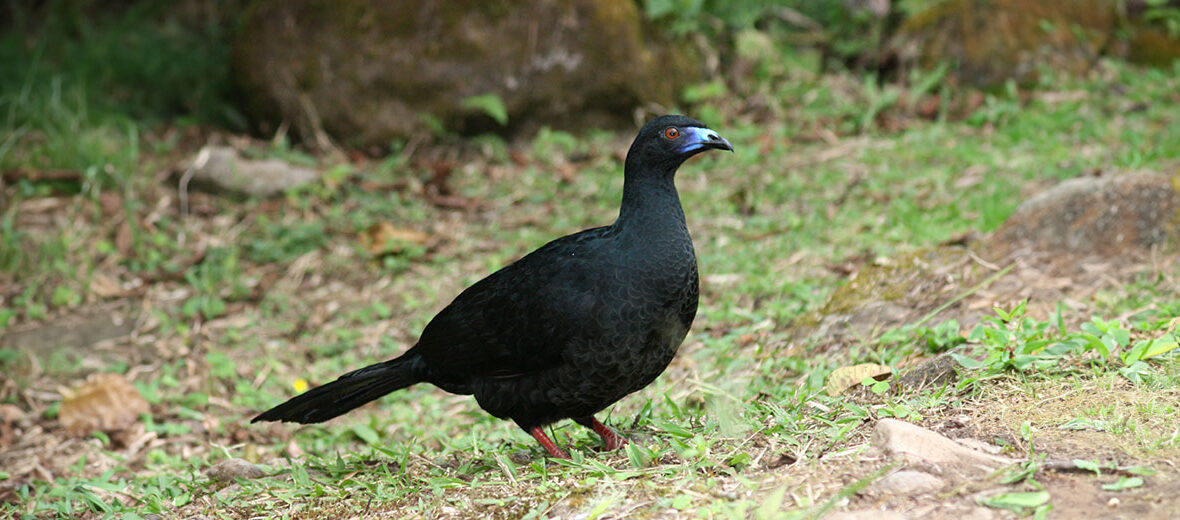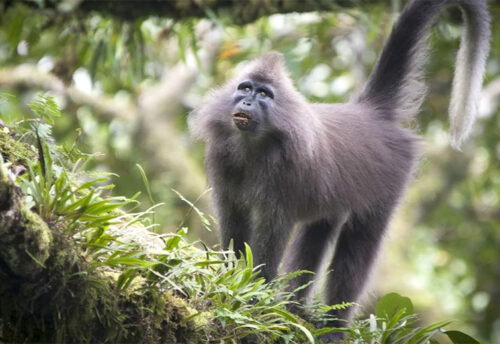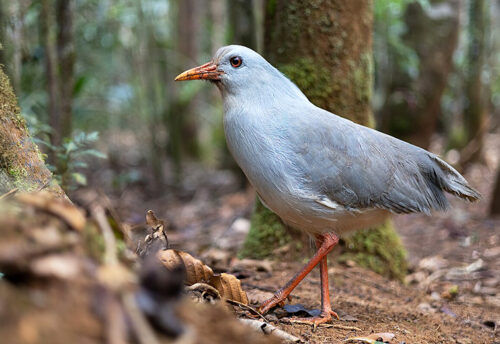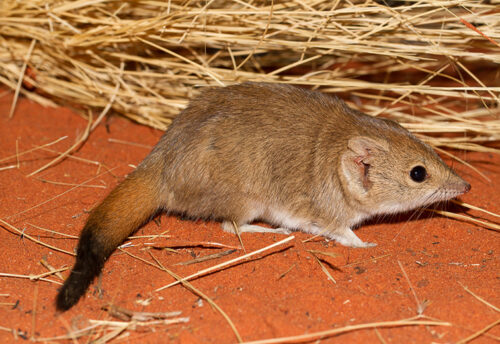
The black guan is a bird species from the Cracidae family, like the chachalaca, curassow, and guan. These birds can be found in Costa Rica and Panama in Central America. They face the threats of habitat destruction at the hands of farming, ranching, logging, fires, and fire suppression efforts; hunting; and trapping. However, these birds are abundant enough to be listed as Least Concern by the IUCN.
First the Stats…
Scientific name: Chamaepetes unicolor
Weight: Up to 2.50+ lbs.
Length: Up to 2.26 feet
Wingspan: Up to 3 feet
Lifespan: Up to 14 years
Now on to the Facts!
1.) They numbered an estimated 499,999 back in 2020, but those numbers were and are decreasing.
2.) Their preferred habitats are cloudforests in the Talamancan montane forest ecozone, and steep terrains in the temperate, subtropical, and tropical zones.
3.) Black guans can be found at elevations of up to 7,380 feet.
4.) While not migratory per se, they do make seasonal elevation changes in the winter and summer months to escape the colder temperatures found at higher elevations.
5.) Up to 35 different species of fruits are foraged upon. They feast on fruits mostly in trees but also fallen fruits on the ground.
But wait, there’s more on the black guan!
6.) Breeding season lasts from February – June.
7.) Nests are constructed of twigs and leaves built in a clump of epiphytes (plants like bromeliads & ferns that grow on other plants but are not parasitic) at heights of up to 15 feet above ground.
Did you know…?
Buzzards and hawks, like the Harris’s hawk, and White-tailed jays prey on the chicks and eggs.
8.) Females lay up to 3 eggs that hatch in up to 26 days.
9.) Vocalizations consist of piping calls during the breeding season, a low, deep ‘ro-rooo’ or coughing ‘kowr’ sound if they are disturbed, and a “tsik tsik…” alarm call. At dawn and dusk they produce a loud, sharp, crackling, wing-rattling display.
10.) These birds are heavily hunted for food.
11.) Black guans are diurnal (active during the day).
Now a Short Black Guan Video!
Be sure to share & comment below! Also, check out the Critter Science YouTube channel. Videos added regularly!
Want to suggest a critter for me to write about? Let me know here.
Some source material acquired from: Wikipedia & IUCN
Photo credit: Charles J. Sharp




